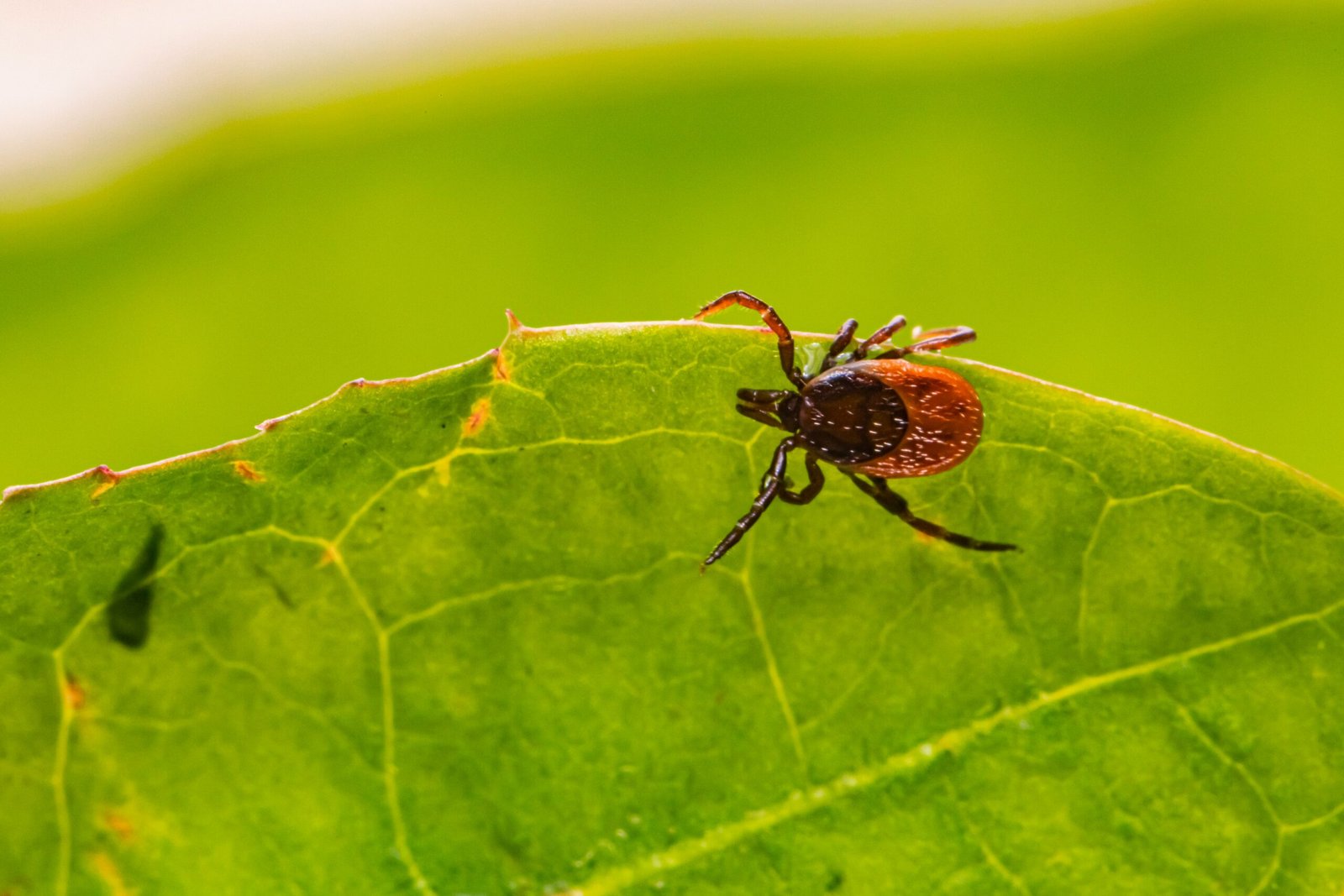Tick Hot Spots on the New South Wales South Coast
Are you planning to explore the beautiful outdoors on the New South Wales South Coast? While it’s a fantastic destination for nature lovers, it’s important to be aware of the potential presence of ticks in certain areas. Ticks are small, blood-sucking parasites that can transmit diseases to humans and animals. To ensure your safety, here’s a list of known tick hot spots and some tips on how to be tick-safe while enjoying your outdoor adventures.
Known Tick-Prone Areas
Before we dive into the safety tips, let’s take a look at some of the known tick-prone areas on the New South Wales South Coast:
- Royal National Park: This stunning national park is home to an array of wildlife, including ticks. Be cautious when exploring the bushland and grassy areas.
- Jervis Bay: With its pristine beaches and coastal walks, Jervis Bay is a popular destination. However, ticks can be found in the surrounding bushland, so be vigilant.
- Morton National Park: This vast park offers breathtaking landscapes and numerous walking trails. Take precautions while exploring the park’s dense vegetation.
- Kosciuszko National Park: If you’re planning to hike or camp in this iconic national park, be aware that ticks can be found in the grassy areas and among the wildlife.
- Ben Boyd National Park: Known for its rugged coastline and beautiful forests, this park is also a tick habitat. Stay alert when venturing into the park’s bushy areas.
How to Be Tick Safe
Now that you know where ticks are commonly found, let’s explore some essential tips to help you stay tick-safe during your outdoor explorations:
1. Dress Appropriately
When venturing into tick-prone areas, it’s crucial to dress in a way that minimizes your exposure to ticks. Here’s what you can do:
- Wear long-sleeved shirts and long pants to cover your skin.
- Tuck your pants into your socks or boots to create a barrier.
- Choose light-colored clothing to make it easier to spot ticks.
2. Use Insect Repellent
Apply insect repellent to any exposed skin to repel ticks. Look for repellents that contain DEET or picaridin, as they are known to be effective against ticks. Remember to follow the instructions on the product label and reapply as necessary.
3. Stay on Designated Trails
When exploring tick-prone areas, it’s best to stick to designated trails and avoid venturing off into dense vegetation. Ticks are more commonly found in tall grasses and bushes, so staying on marked paths can help minimize your risk of exposure.
4. Perform Regular Tick Checks
After spending time in tick-prone areas, it’s crucial to perform thorough tick checks on yourself, your family members, and your pets. Ticks are small and can easily go unnoticed, so make sure to:
- Check your entire body, paying close attention to areas such as the scalp, behind the ears, under the arms, and around the waistline.
- Inspect your clothing and gear for any hitchhiking ticks.
- Don’t forget to check your pets, as ticks can attach themselves to their fur.
5. Remove Ticks Properly
If you find a tick attached to your skin, it’s important to remove it properly to reduce the risk of infection. Here’s how:
- Use fine-tipped tweezers to grasp the tick as close to the skin’s surface as possible.
- Gently pull upward with steady pressure, being careful not to twist or jerk the tick.
- Clean the bite area with soap and water, and apply an antiseptic.
- Dispose of the tick by placing it in alcohol, flushing it down the toilet, or sealing it in a bag.
Enjoy the Outdoors Safely
By following these tips and being aware of the tick hot spots on the New South Wales South Coast, you can enjoy your outdoor adventures while minimizing the risk of tick bites. Remember, prevention is key, so take the necessary precautions, stay vigilant, and have a fantastic time exploring the stunning natural beauty of the South Coast!
